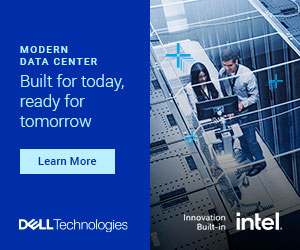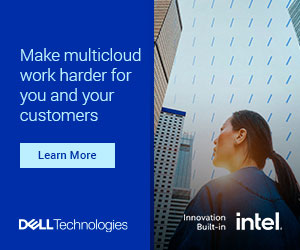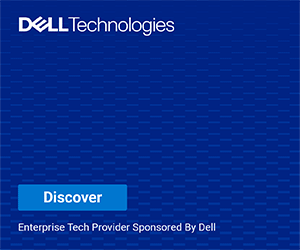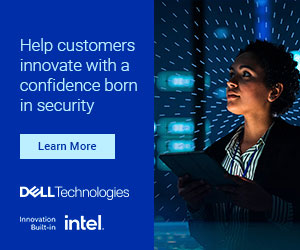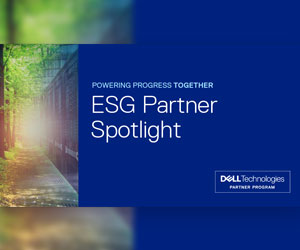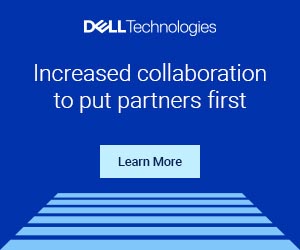Servers are the backbone of the modern IT infrastructure. The challenge is that their life span is finite. And while a new generation of servers performs much better than its predecessors, the question is - is this outperformance worth it? As businesses digitize themselves, server infrastructure shifts from an expense to an investment. Hence, enterprises must evaluate the ROI of procuring new servers compared with the ongoing costs of maintenance, upkeep, and downtime involved in running with older servers.
In a study conducted by IDC* they found also that many enterprises still neglect timely server replacements. Despite the benefits of upgrading, 53 percent of enterprise survey respondents reported they have long server replacement cadences of five or more years.
Furthermore, IDC’s findings show that the longer a server remains in the infrastructure, the more expensive it is to operate. Respondents indicated that their expected annual server operating costs after four years would be three times greater than operational costs expected immediately following a server replacement. On average, enterprise respondents reported an average annual operating cost of $7,541 per server immediately following a server replacement (years 1 through 3).
Consequently, as the server ages, respondents predicted that operational costs would reach a high of $22,511 during years 4 through 6. These trends hold regardless of the respondent’s current replacement cadence. Even respondents who indicated that their average replacement cadence is three years expected that the cost of operating servers during years 4 through 6 would increase.
These findings indicate that after the third year, procuring a new server becomes more economical than maintaining existing infrastructure. Every dollar spent on server operating costs directly competes with the cost of a new server. Organizations that hold on to servers after year four spend more in OPEX than they would to procure a new server. For enterprises with particularly tight operating budgets, such tangible costs can accrue rapidly, even those with the most moderate server infrastructure footprint.
For Solution Providers the opportunity is significant. There are numerous incentives for their customers to modernize outdated servers. Specifically:
• Since the complexity within the server infrastructure is simplified, IT can reduce the amount of legacy hardware, tools, and processes
• Modern servers enable IT staff to take full advantage of enhanced management tools to drive efficiency, optimize systems, and improve application performance
• Replacing servers ensures that infrastructure is tailored to current application requirements
• By proactively replacing each server at the optimal time, IT can maximize the value it delivers for the business while reducing OPEX
Solution Providers can grow their server business and modernize customer infrastructures easily with Dell EMC servers
If you have customers that are running servers older than three years, Dell EMC PowerEdge servers are designed with key features that enable customer enterprises to transform their IT operations and infrastructure. The Dell EMC OpenManage systems management portfolio helps tame the complexity of IT infrastructure with intuitive tools that work together to deliver automated, repeatable processes, based on unique policies, enabling effortless management. The combined features and capabilities of PowerEdge servers and OpenManage systems management tools deliver time and resource savings, with automation and intelligent management.
You can learn more in this IDC whitepaper about how to help them modernize their current infrastructures easily and quickly.
*Source: Dell EMC Server Upgrade 2020 Research, IDC, 2020






